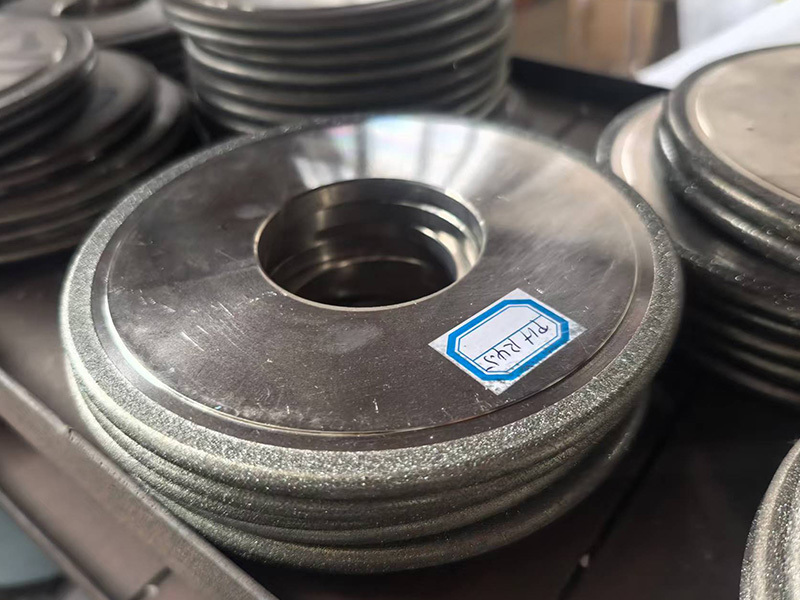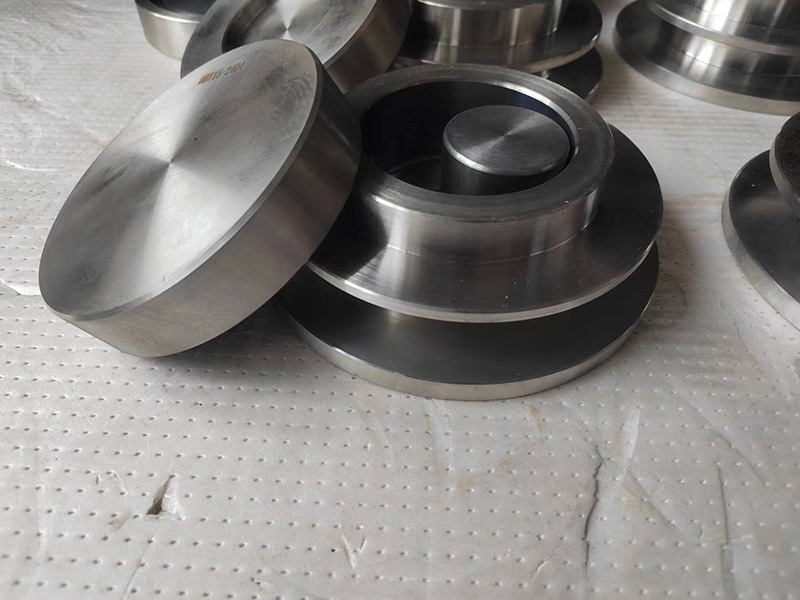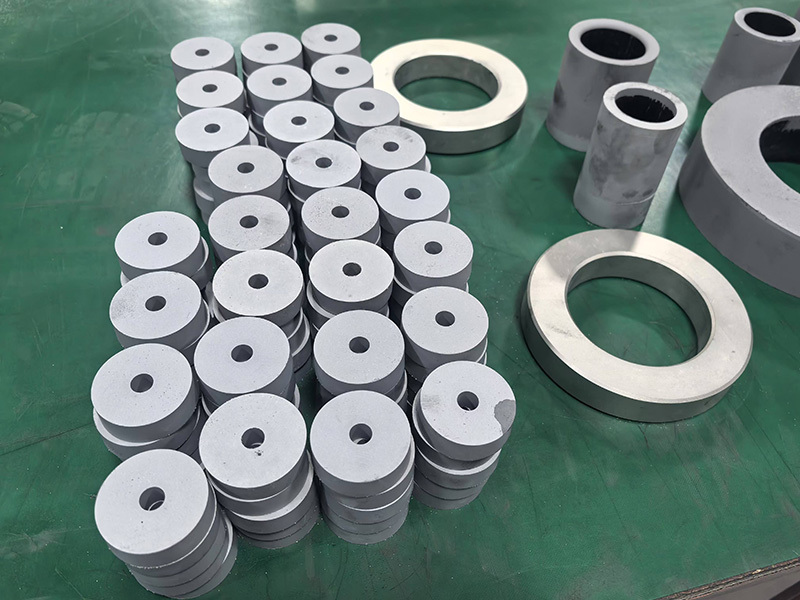Demystifying the Drawing Die: Common Questions Answered
What is a Drawing Die?
So, you’ve heard the term drawing die thrown around, but what does it actually mean? Well, let’s break it down! A drawing die is a specialized tool used in manufacturing, particularly in metalworking. It’s designed to shape or form materials, often by pulling them through the die itself. Think of it as a mold that helps create specific shapes and sizes with precision.
Why Use a Drawing Die?
Now, you might be wondering, why go through the hassle of using a drawing die? The answer is simple: efficiency and accuracy! When you're looking to produce high volumes of parts or components, a drawing die can save you time and reduce material waste. Plus, it ensures that each item meets exact specifications. Talk about a win-win!
Common Questions About Drawing Dies
1. What materials can a Drawing Die work with?
Great question! While drawing dies are predominantly used with metals (like aluminum, steel, and brass), they can also work with some plastics. The key is in the design and the desired end product. If you’re thinking about using a drawing die, be sure to check the compatibility with your chosen material.
2. How long do Drawing Dies last?
Ah, the million-dollar question! The lifespan of a drawing die can vary greatly depending on several factors, including the material being drawn, the frequency of use, and how well it’s maintained. With proper care, a good quality drawing die can last for several years. But, if you’re pushing it to its limits, don’t be surprised if it wears out faster than expected!
3. Can I make my own Drawing Die?
You bet! For those with a knack for DIY, creating your own drawing die might be a fun (and rewarding) project. However, it requires precision and a good understanding of the materials and processes involved. If you’re just starting out, it might be worth investing in a professionally made die first before you dive into custom creations.
4. What makes a Drawing Die different from other dies?
While there are various types of dies used in manufacturing (like stamping dies and casting dies), the main difference with a drawing die lies in its function. Drawing dies specifically focus on stretching and shaping materials, whereas others might cut or mold. It’s all about the end goals!
Tips for Using a Drawing Die Effectively
Okay, now that we’ve tackled some common questions, let’s share a few tips for using your drawing die like a pro:
- Keep it clean: Regular maintenance is key! Make sure your die is free of debris and built-up material.
- Check alignment: Before you start your project, double-check that everything is aligned properly. A slight misalignment can lead to major headaches!
- Monitor wear: Keep an eye on the wear and tear of your die. If you notice significant changes, it could be time for a replacement or refurbishment.
Final Thoughts
In the end, using a drawing die can greatly enhance your manufacturing process, streamline production, and ensure quality results. Whether you’re a seasoned pro or just starting, understanding these essential tools will only make you better at your craft. So, the next time you hear about drawing dies, you’ll be equipped with all the right knowledge!
Tags:
Related news










